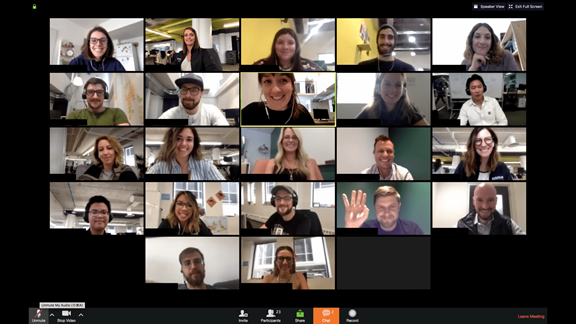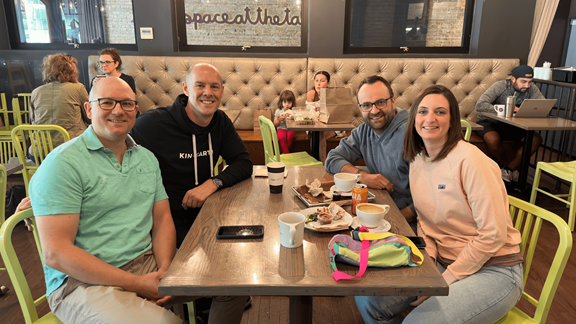Everything I've done in my career is grounded in the fact that I thrive at crafting experiences. Whether those experiences are helping people create new processes or building new products, they're an inherent thread throughout my path.
I grew up in Indiana, just east of South Bend in Granger. I went to school at Purdue University for Visual Communication Design and started my design career at a small marketing agency and full service print shop.
From there, I was recruited by Kin + Carta. While interviewing, I was told it didn't matter if I had digital design skills yet. They weren't looking for that specific skill set. Rather, they wanted somebody to come in and focus on how we better represent our brand through the mobile apps we were creating. They needed to slowly start embedding design into client projects.
I was one of the first user experience (UX) designers, and shortly after starting, I became the only person in the area. I remember J Schwan, our CEO at the time, walking by my desk and asking me to lunch. And I was left wondering: Why is the CEO taking me to lunch?! It was to give me a heads-up that I would be the only UX designer for a little bit and that they would find more people to join the team soon.
This was such a unique opportunity, especially coming in at a junior role, to help build the UX team. In addition to having a say about what the team could look like, it gave me the chance to grow really quickly. So, I came in as a fresh user interface (UI) and UX designer and eventually helped build that team up to 40+ designers.




